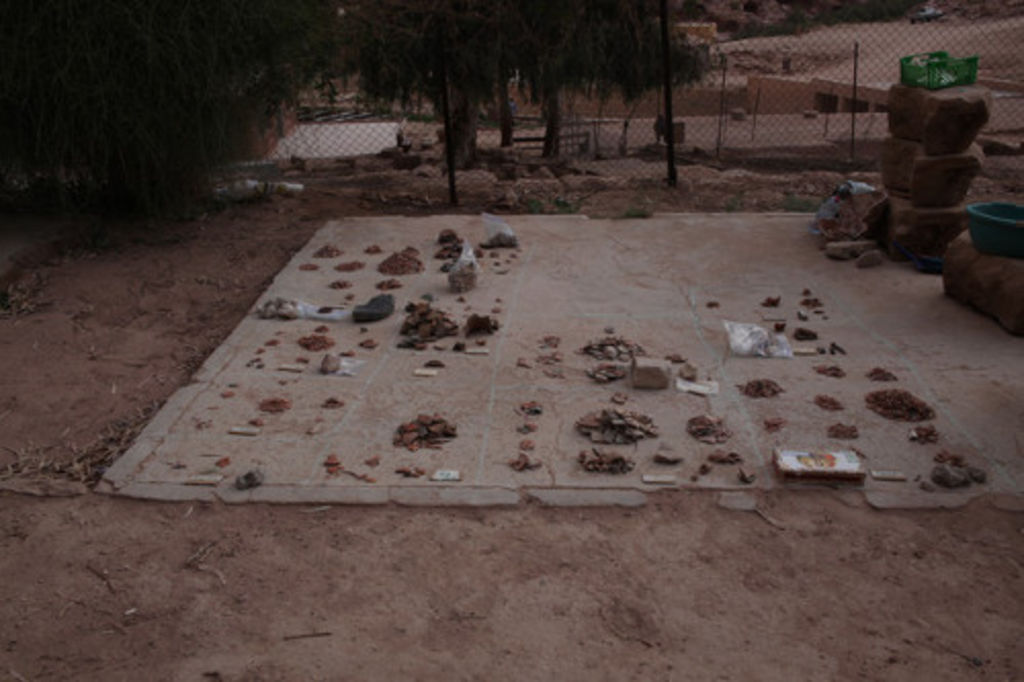Sunday, April 17, 2011
At the end of the fifth week of our campaign stood a weekend with much needed rest from the laborious past week, although most members of the different teams had to work in order to finish and/or prepare their respective activities of the past and the coming week. This weekend also brought the last major changes in the composition of the teams and their activities. The International Umm al-Biyara Project (IUBP) came to its official end for this year and the North East Petra Project (NEPP) is going to start. This means also that we had to say goodbye to André Barmasse and Nils Rhensius, two of the pillars of the Umm al-Biyara Project. While Nils had to return to Berlin in order to continue his studies, André had to return to Switzerland in order to achieve at least some of his manifold professional tasks before his various employers would forget how he looks like. Therefore, the delicious meals cooked with restricted means on top of the hill remain sweet memories until next year – insh’allah.
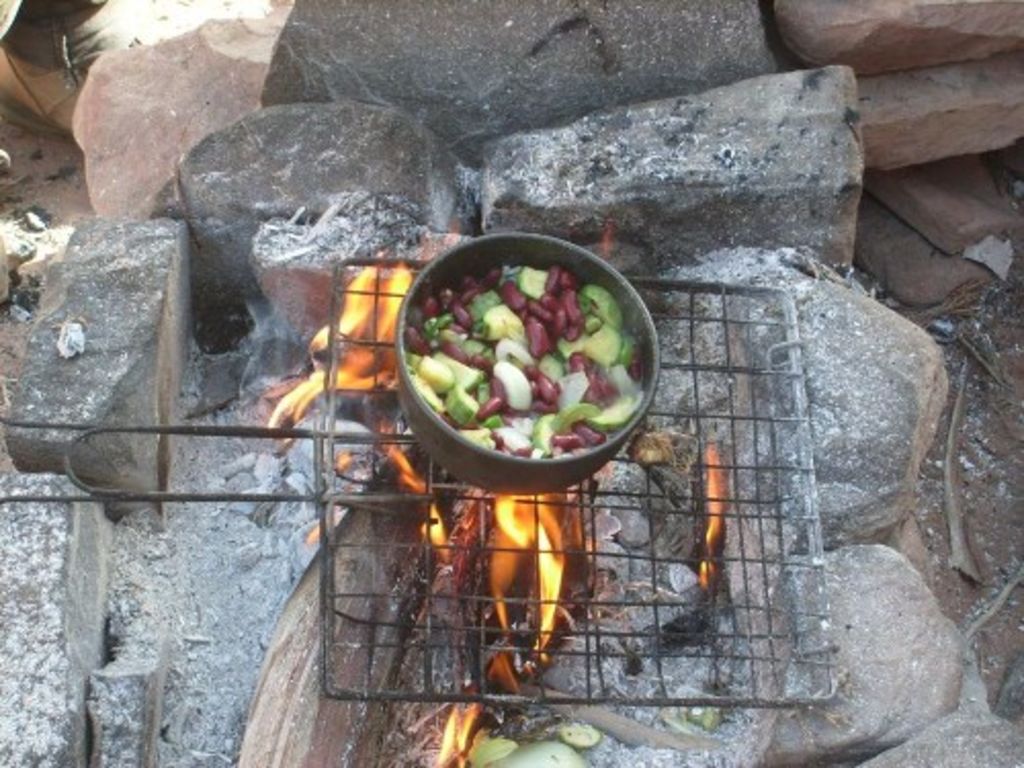
At the start of week six work at the Aslah complex was carried on very enthusicastically. The aim was to completely clean the entire cave tomb to the left of the triclinium and to dig out the shaft grave within it. In front of the cave tomb the aim was to clean the bedrock, in order to get an idea of the structures in connection to it.
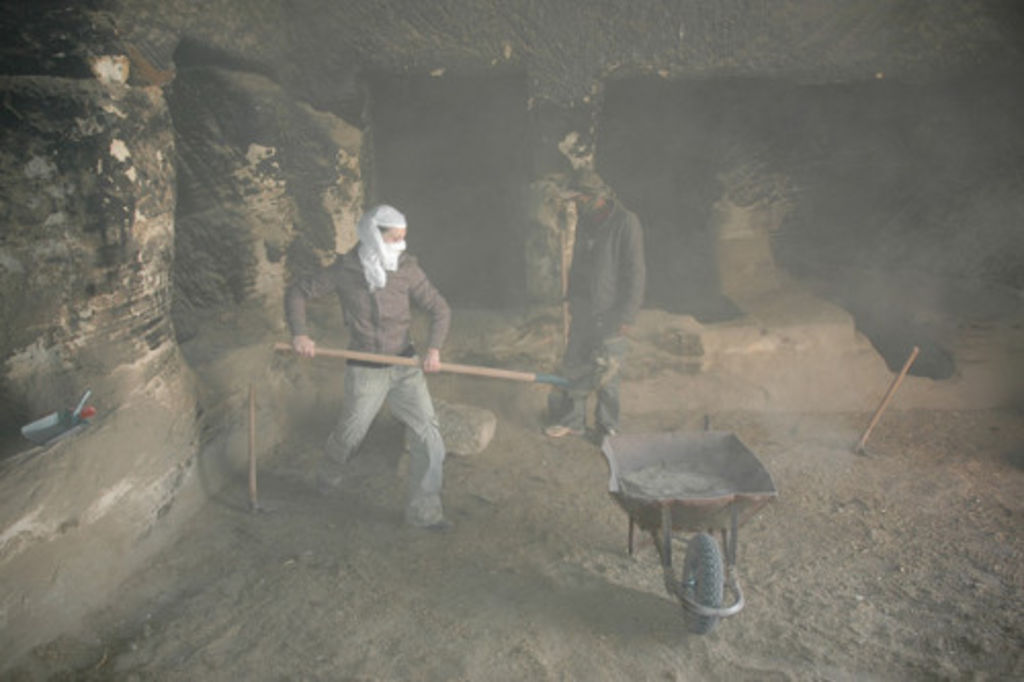
At the Khubta tombs too work took off with great excpectations. The entire interior of one of the tombs was cleaned last week, and now it was time to clean the entire space in front the two tombs targeted for this year’s excavation. The area in front of the left tomb has already been cleaned last year, and in front of the tomb on the right side a small trench has been started this year (see week five).

Monday, April 18, 2011
The Umm al-Biyara team had not quite finished with the site, although the excavation had come to an end and most members are now involved in the new NEPP (see below). There remained quite some drawings to be done, photographs to be taken and trenches to be backfilled or covered. This is why a restricted group climbed up the hill twice more, including a laborious weekend visit.

In front of the tomb of the Aslah complex one group of the excavation team continued digging along the many bedrock structures. This week Sebastian Hoffmann left the team at the Khubta tombs and joined the team at the Aslah complex, as the measuring of the site by Jana Falkenberg and Thomas Kabs was finished, and Thomas Kabs went back to the team of Lucy Wadeson at the Khubta.

After the cleaning of the inside of the left rock cut tomb only two shaft graves have been discovered in the floor: The first one has standard measures, but the other one is wider and has a broad cut-out on one side of the edge. Both graves seem to have more than one burial inside, but a this point of excavation it is not yet clear how many. Another question is, if the much broader tomb was meant for two person or just for a rather well-nourished person alone.

Tuesday, April 19, 2011
With the new week a new project started: The North-Eastern Petra Project (NEPP), directed by Zbigniew T. Fiema, Bernhard Kolb and Stephan G. Schmid aims at exploring the part of the city centre of Petra that is defined by the Khubta massif with the Palace Tomb, the Wadi Mousa and the Wadi Mattaha. The density and complexity of structures within this area requires a well planned strategy. For the time being, several seasons of surface exploration, so called survey activities, are planned, starting with a traditional archaeological survey this year where sherds are being picked up and structures measured and positioned.
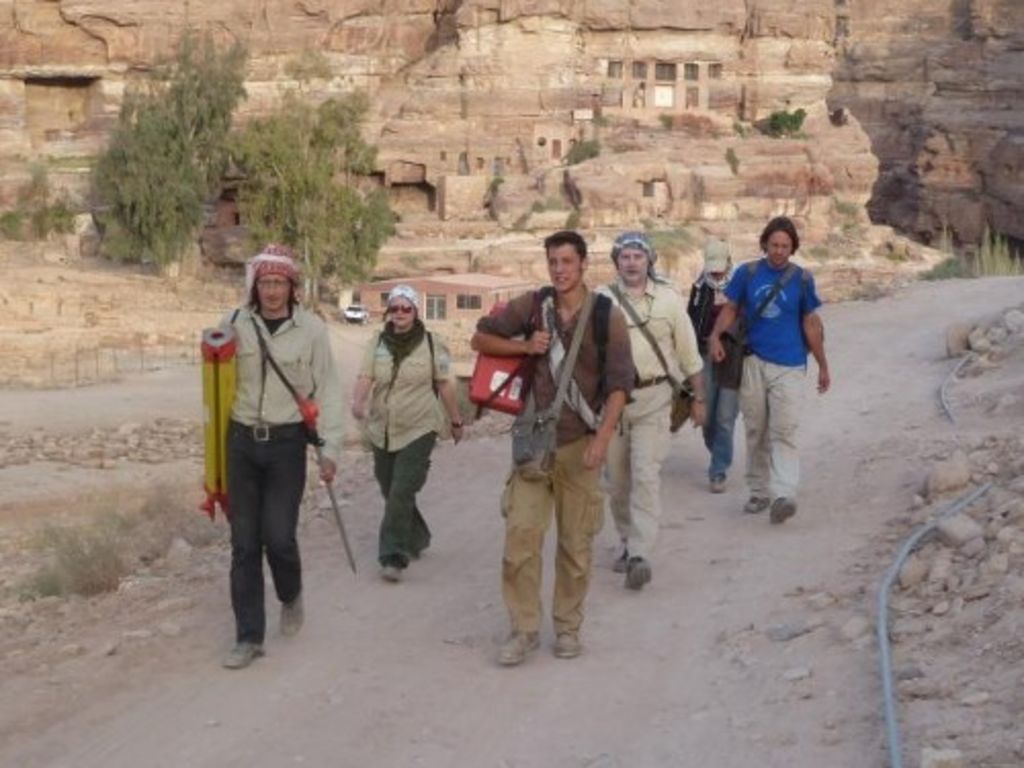
At the Aslah complex the emptying of the shaft grave continued very fast, as there was clear evidence of looting in earlier times. The narrow working space, a lot of moisture and dust are a great challenge for every archaeologistis, as it makes moving and breathing within the grave very challenging.

Luckily, the team at the Khubta tombs had the possibility to throw the huge masses of earth and dung that have been moved during the last two weeks over the edges of the elevated terraces. There would have been a greater loss of time and power, if they were urged to carry it farther away, Nonetheless, even the debris sometimes contained a „special gift“ for Lucy Wadeson and Émilie Prost.

Wednesday, April 20, 2011
The first days of NEPP were devoted to the creation and installation of a grid consisting of fix measured points so that afterwards the different teams could start walking the grids, picking up sherds and recording structures. It turned out, however, that in the field it was a little bit more difficult to re-locate the points compared to finding them on a computer screen... In addition some points kind of disappeared overnights, their wooden markers eaten away by the donkeys. But after a few strategic modifications everything worked out nicely.
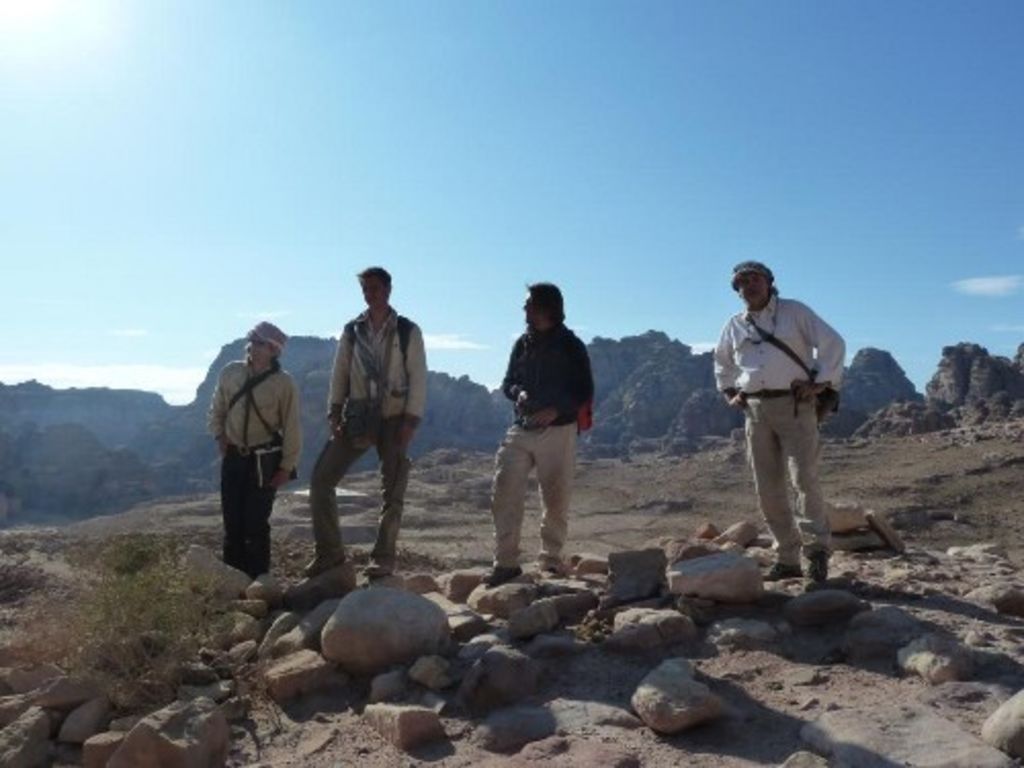
After the middle of the working week the Aslah team had successfully cleaned the space in fornt of the cave tomb. The results are impressive, as many traces of bedrock cuttings and some remains of built structures werde found, which give a clear indication that there must have been a built structure in front of the tomb. This in accordance with many other tomb facades, where a courtyard with adjacent rooms was built up, in order to give privacy for the deceased.

Excavating and cleaning of the two shaft graves inside the left tomb of the Khubta complex continued during the remaining two days of this week. It became now clear, that there was certainly more than one burial in both of the tombs. Compared to other shaft graves, for example at the rock necropolis in the Wadi Farasa or inside the tomb at the Aslah complex, these shaft graves can be up to three meters deep and contain four or even five burials on top of another.

Thursday, April 21, 2011
Since the NEPP area is in the heart of Petra’s city centre, it may seem difficult to imagine that there is still something to discover and to record. However, on a closer look it turns out that the area is full of huge and interesting structures, probably related to once very prominent and important buildings. Trying to find out more about them is one of the goals of the project. Although surveying means no excavation, walking around a huge area over and over during the entire day, trying to identify structures, recording and eventually interpreting them, all under the burning sun, is real hard work.
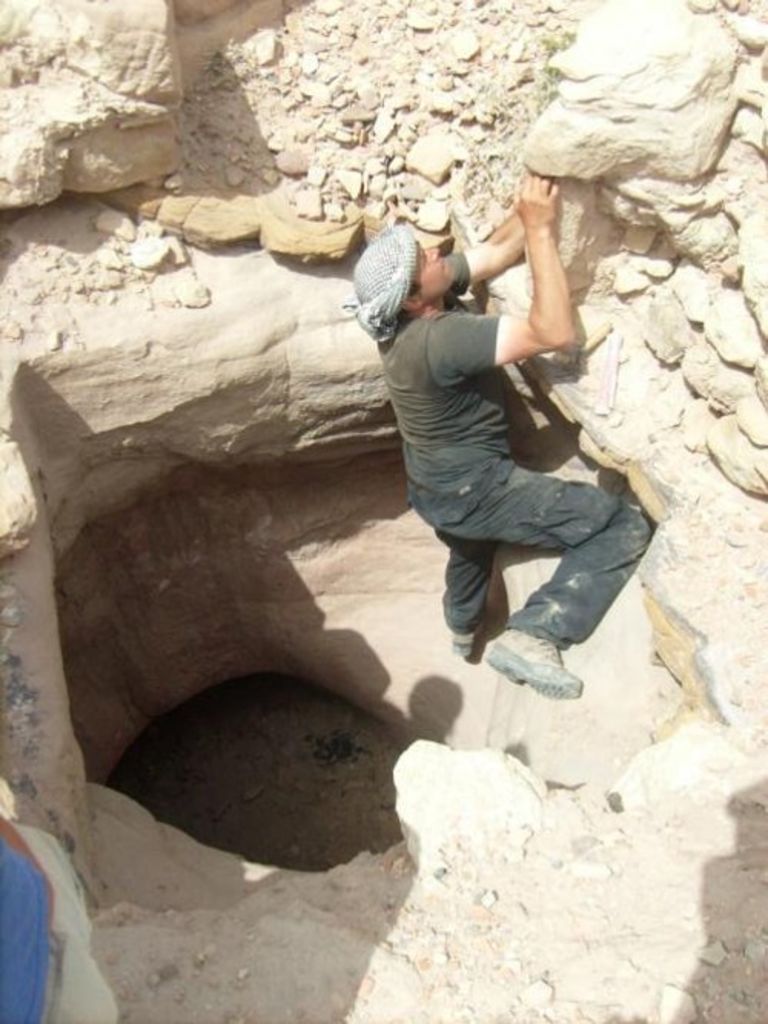
Precisely on the last day of the working week the Aslah team finished excavating the shaft grave, which lies exactly in front of the central niche in the tomb chamber. As mentioned above, the tomb has already been looted in ancient times. Nevertheless, it is very interesting to see that it contained only one burial. As it was intended from the beginning as a one man/woman grave or that additional burial levels could have been added on demand, is not clear. As just mentioned above, the examples from the Wadi Farasa necropolis show that there could have been up to four burial levels within one shaft grave.
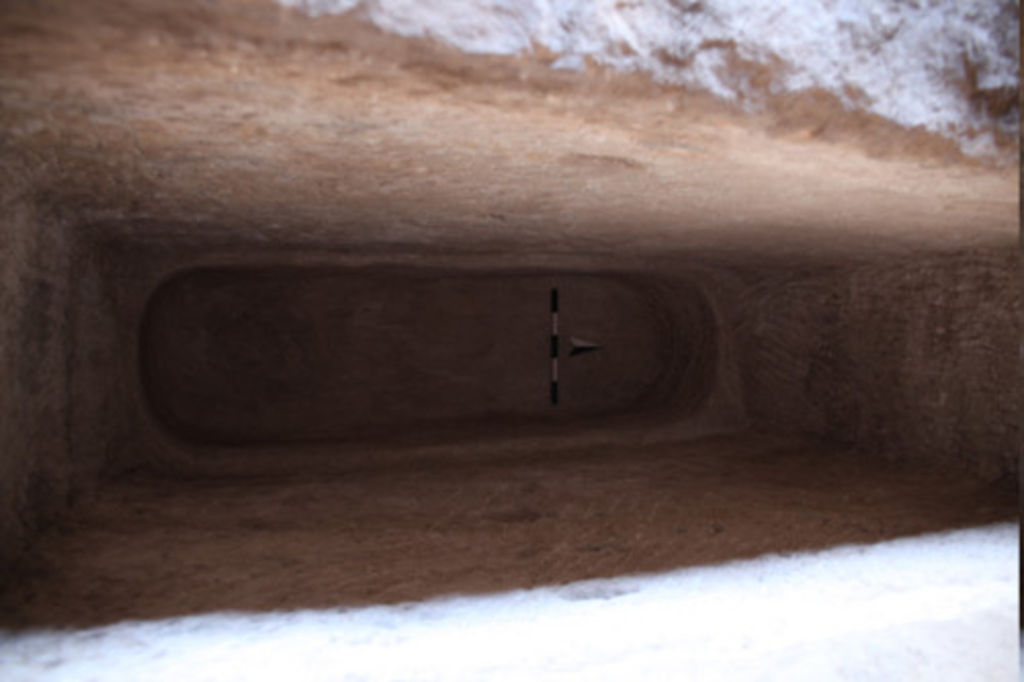
At the Khubta tombs too, a successfull excavation week was coming to an end. The site was cleaned up, the digging material hidden inside the tombs and the finds were taken to Nazzal’s Camp for further examination. For the (already) last week the measuring, drawing and documenting of the discoveries in situ and the small finds are the top priority, in order to close down this year’s season neatly and professionally.
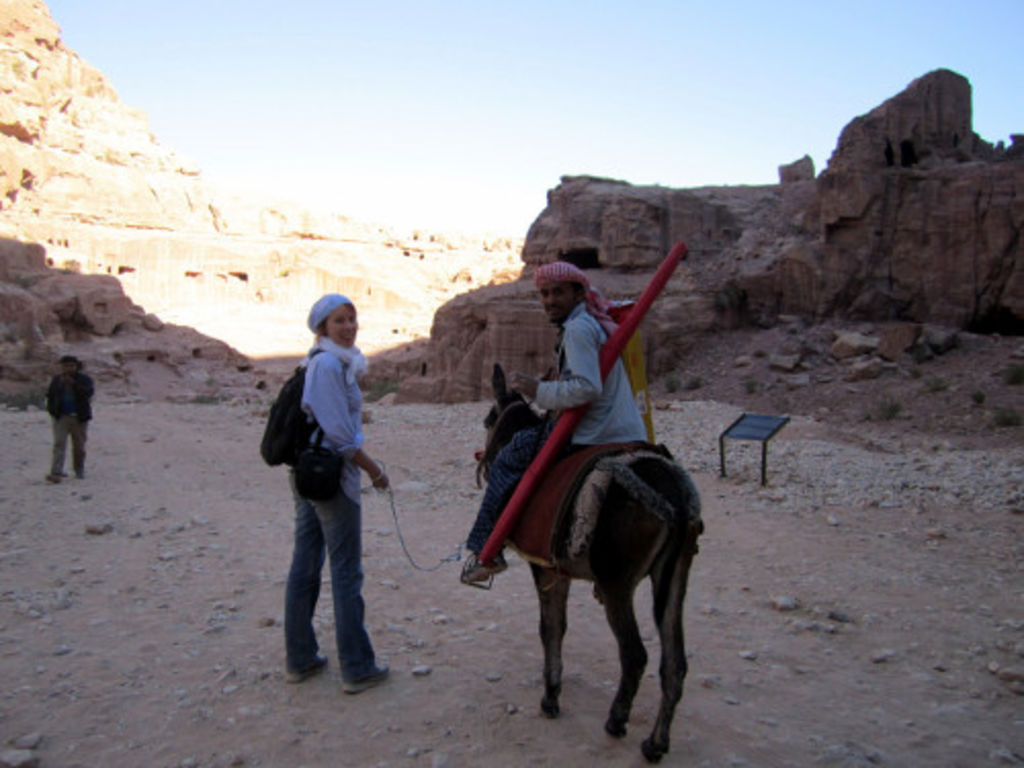
Friday, April 22, 2011
With all that work we almost forgot that this week is marked by the Easter feast. Since with the few days remaining we had to follow a normal working rhythm, we simply decided to mark the event by a delicious fish meal on Saturday, masterly prepared by Aziza and Suleiman while Wiltrud and Robert Wenning took over the decoration of the table.
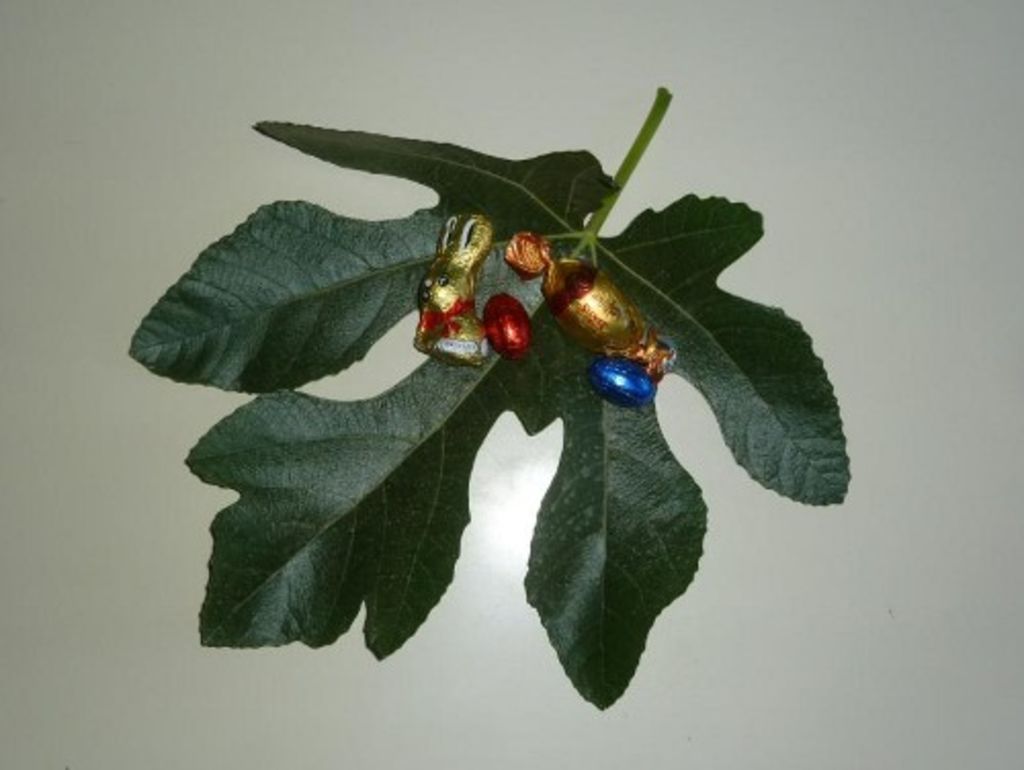
Saturday, April 23, 2011
With the weekend coming up the weather over Petra changed towards cloudy skies and rather low temperature. Winter pullovers and cottom covered underwear had to be taken out again, and during the night everybody had to wrap up himself/herself into the sleeping bag again. Warm tea or coffee and a warm shower are very welcomed during the day. Nevertheless, the washing, analyzing and registering of ceramics found at all excavation and survey sites had to be pressed ahead, as it was the last occasion before the last working week and leaving Petra towards the end of April.
